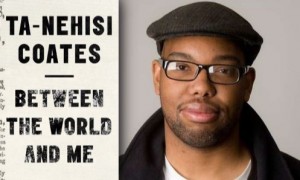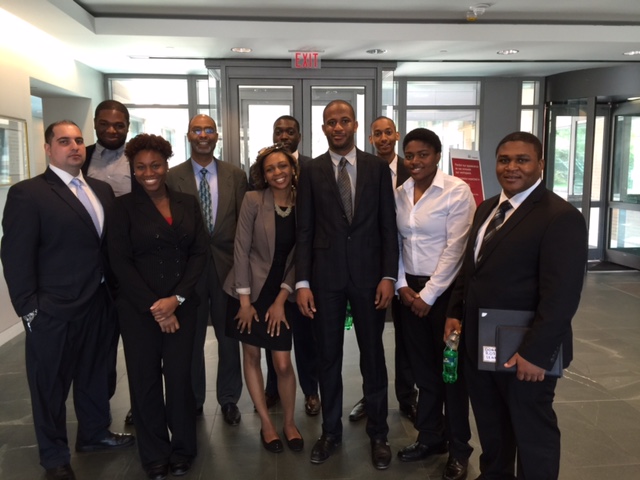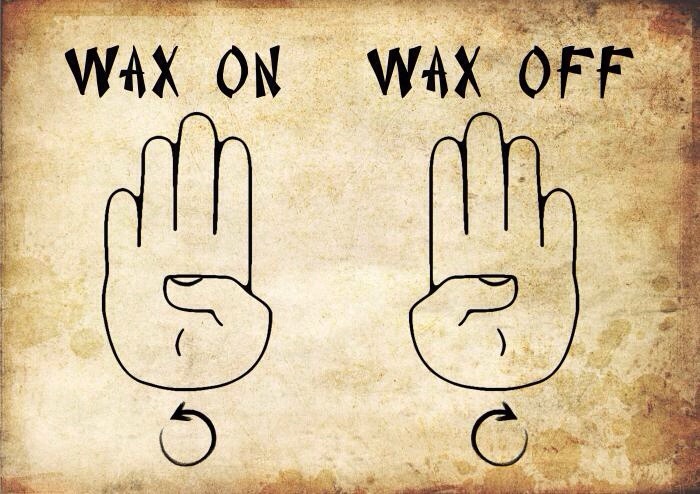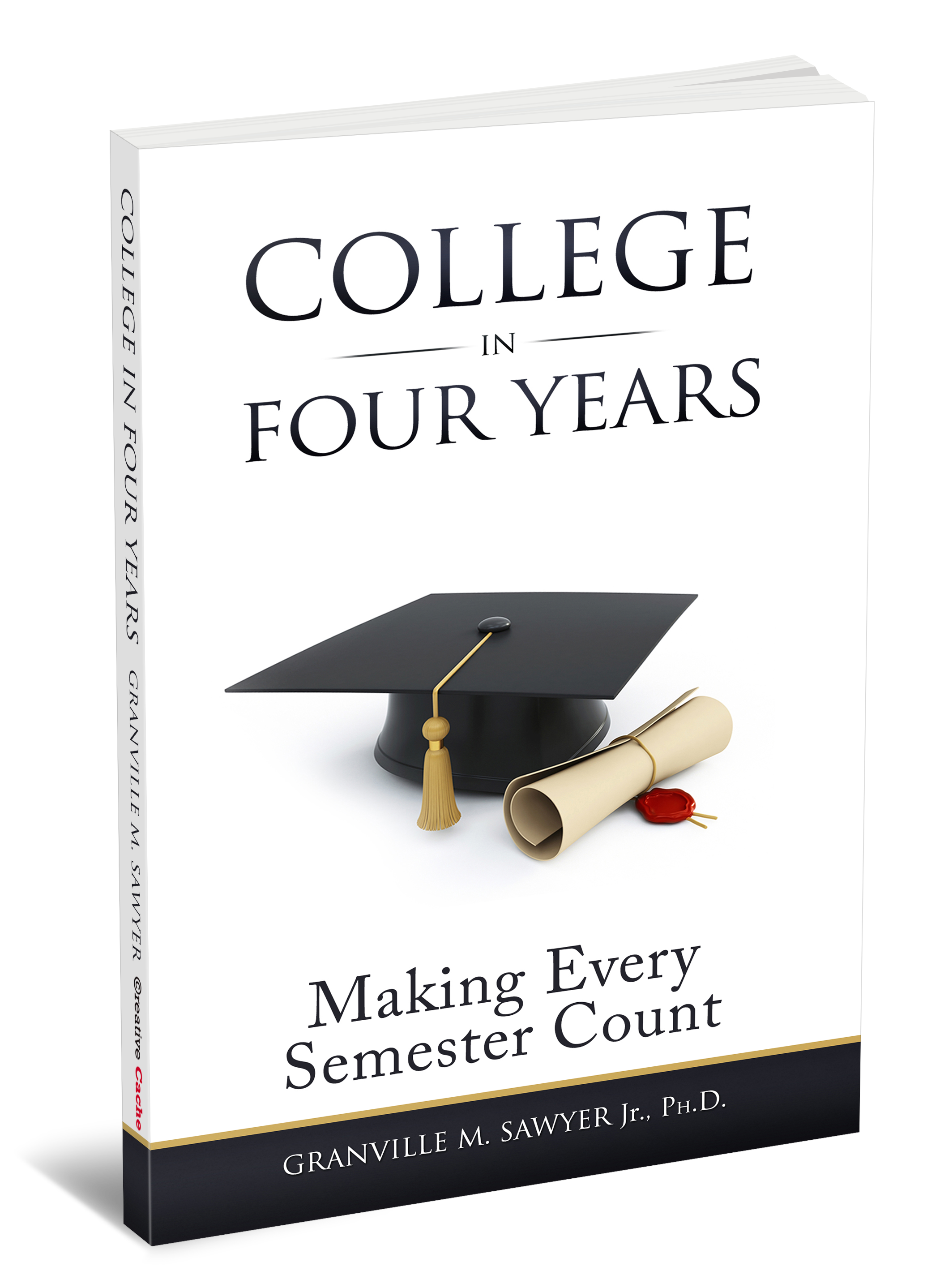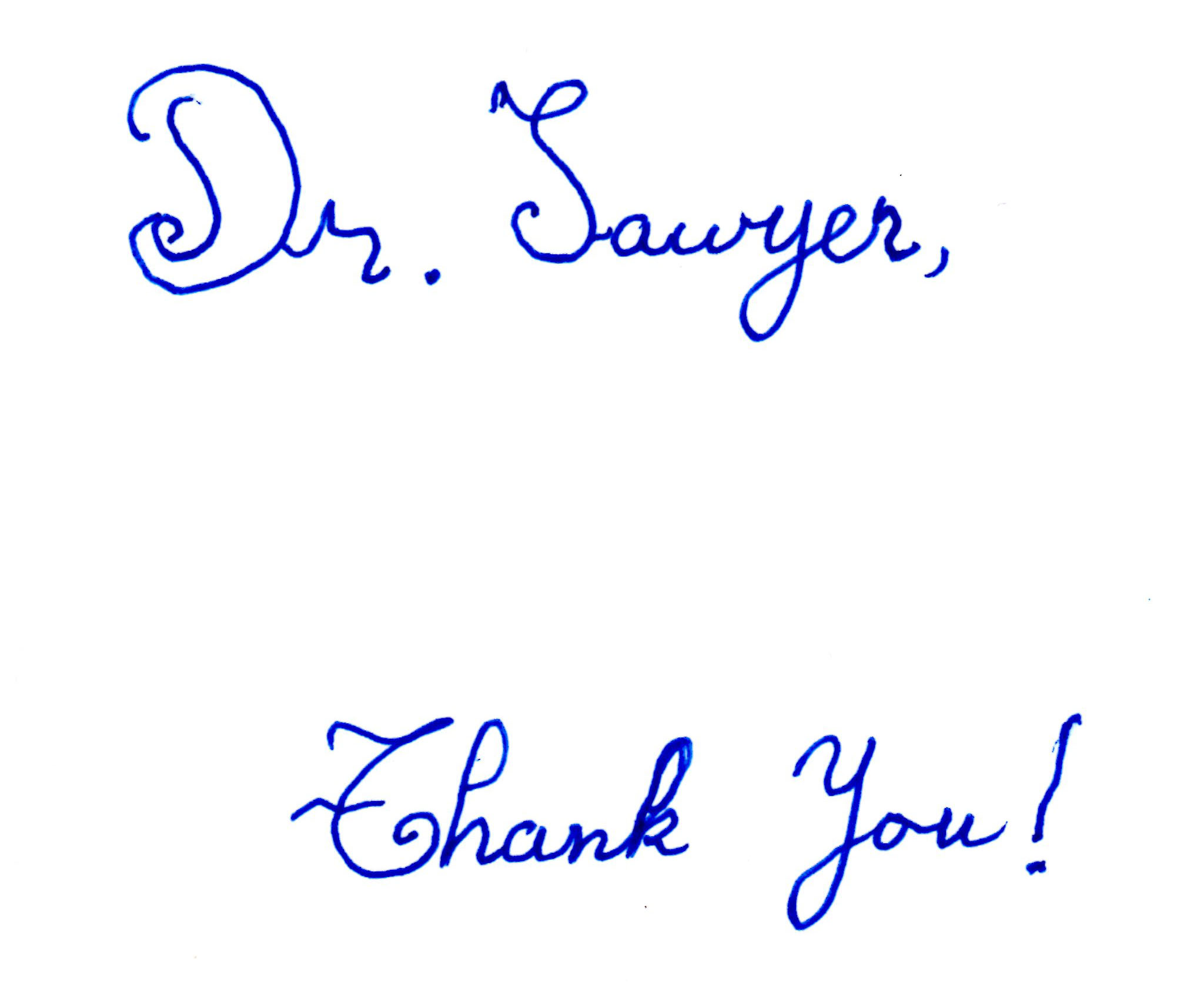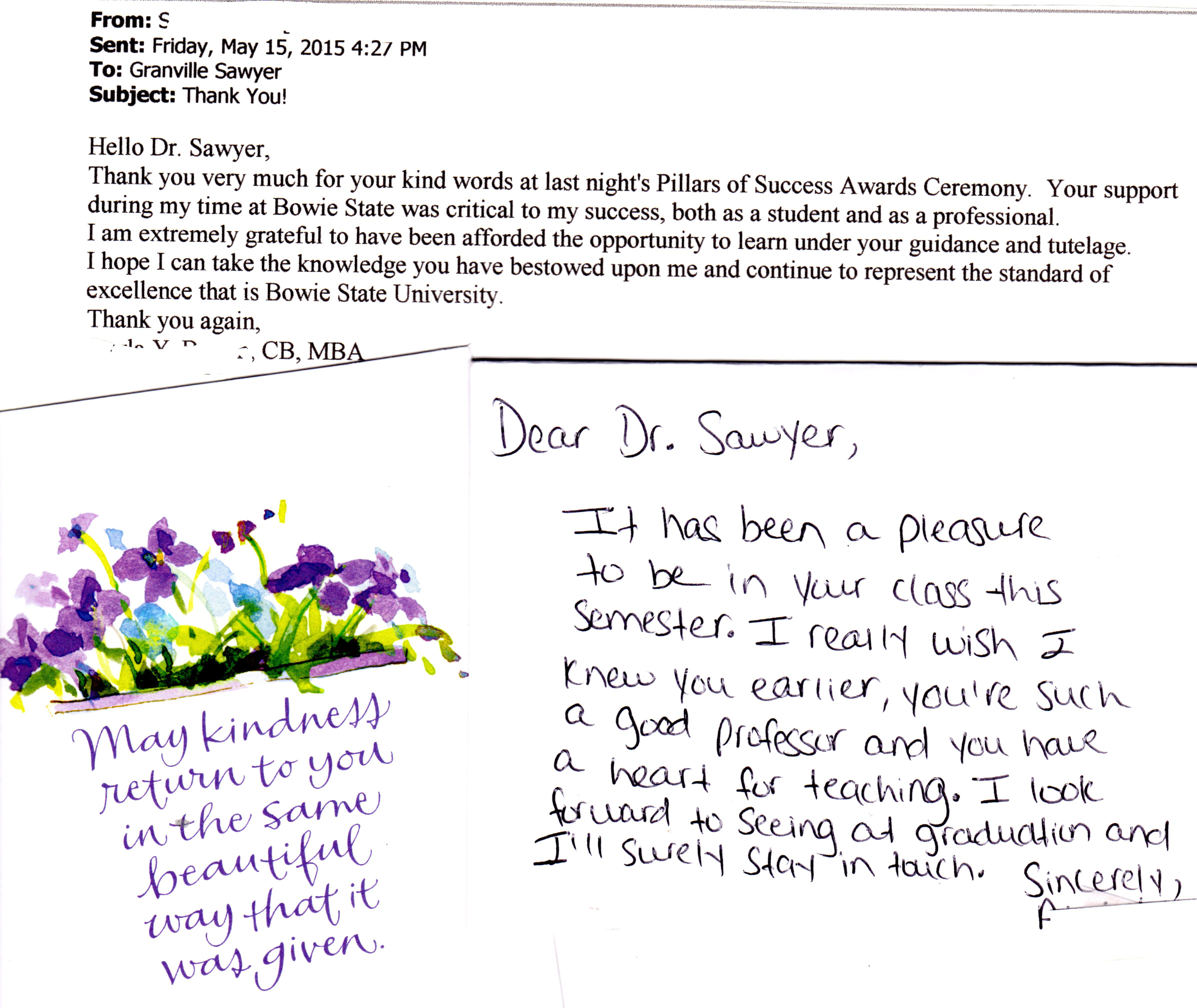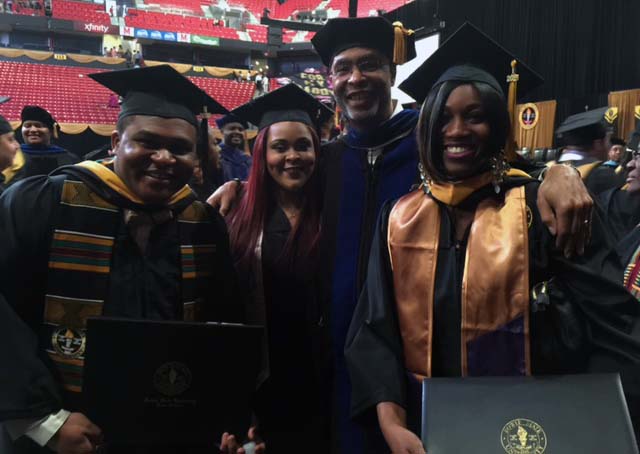
For students planning on going to college, taking standardized tests, the SAT and/or the ACT, can be one of the most stressful parts of the admissions process. So much seems to be riding on the student’s performance on this single exam. It’s almost as though the four years of high school don’t count – only the four hours of the Saturday they took the test. More and more colleges and universities across the country are deciding that too much emphasis on standardized test scores may be keeping qualified students out of colleges where they could do well as predicted by their high school performance over four years. This is particularly true for students who may not have access to test preparation and tutoring resources. Studies done at The Ohio State University and the University of Pennsylvania found that students from higher-income families are the ones most likely to use SAT preparation classes and tutors which gives them a 60 point or higher advantage over students who didn’t take the classes. This puts students from lower income families or families without a college tradition who don’t know about or can’t afford to access this additional help, at a distinct disadvantage when applying to colleges with lower test scores.
The pros and cons of these tests have been debated and defended for years and now more than 125 private college and universities do not require the standardized tests to be considered for admission and 185 have a test optional or test-flexible admission policy . This list (current as of Summer 2015) details which U.S. schools de-emphasize standardized tests. I would strongly advise every student to think carefully about whether they need to take the SAT or ACT to attend the college of their choice. Use what information is available to you and make a decision based on your needs, knowing the advantages and disadvantages of traditional testing can impact your choice of college and your future.
